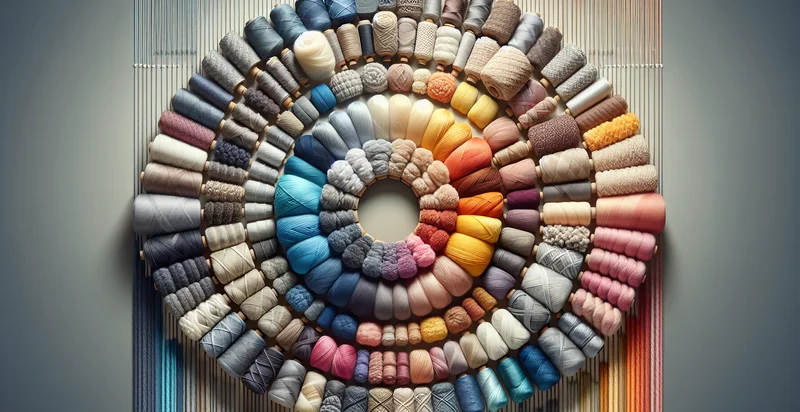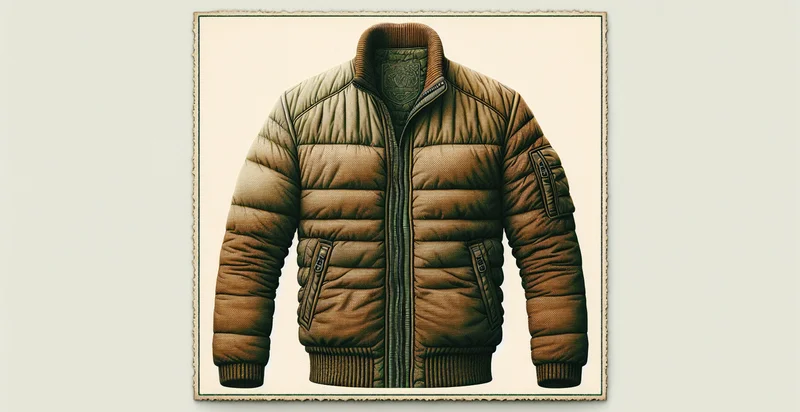Identify what material a carpet is made from
using AI
Below is a free classifier to identify what material a carpet is made from. Just upload your image, and our AI will predict what material a carpet is made from - in just seconds.

Contact us for API access
Or, use Nyckel to build highly-accurate custom classifiers in just minutes. No PhD required.
Get started
import nyckel
credentials = nyckel.Credentials("YOUR_CLIENT_ID", "YOUR_CLIENT_SECRET")
nyckel.invoke("what-material-a-carpet-is-made-from", "your_image_url", credentials)
fetch('https://www.nyckel.com/v1/functions/what-material-a-carpet-is-made-from/invoke', {
method: 'POST',
headers: {
'Authorization': 'Bearer ' + 'YOUR_BEARER_TOKEN',
'Content-Type': 'application/json',
},
body: JSON.stringify(
{"data": "your_image_url"}
)
})
.then(response => response.json())
.then(data => console.log(data));
curl -X POST \
-H "Content-Type: application/json" \
-H "Authorization: Bearer YOUR_BEARER_TOKEN" \
-d '{"data": "your_image_url"}' \
https://www.nyckel.com/v1/functions/what-material-a-carpet-is-made-from/invoke
How this classifier works
To start, upload your image. Our AI tool will then predict what material a carpet is made from.
This pretrained image model uses a Nyckel-created dataset and has 39 labels, including Acrylic, Area Rug, Bamboo, Berber, Broadloom, Carpet Tiles, Cashmere, Coir, Commercial and Cotton.
We'll also show a confidence score (the higher the number, the more confident the AI model is around what material a carpet is made from).
Whether you're just curious or building what material a carpet is made from detection into your application, we hope our classifier proves helpful.
Related Classifiers
Need to identify what material a carpet is made from at scale?
Get API or Zapier access to this classifier for free. It's perfect for:
- Retail Inventory Management: Retailers can utilize the carpet material identification function to optimize their inventory management. By accurately categorizing carpets by material, stores can better track stock levels and ensure they meet customer demand for specific types of carpeting.
- Online Shopping Filters: E-commerce platforms can integrate this function to enhance user experience by allowing shoppers to filter products based on material. This capability would enable customers to make informed decisions and quickly find carpets that meet their preferences or requirements.
- Sustainability Reporting: Manufacturers can apply material identification to assess the sustainability of their products. By accurately classifying carpet materials, they can better report on eco-friendly practices and highlight recyclable or sustainable materials in their marketing efforts.
- Quality Assurance for Manufacturers: Carpet producers can implement this function in their quality control processes. By ensuring that the correct materials are used in each product batch, they can maintain high standards and reduce the risk of costly production errors.
- Restoration and Cleaning Services: Carpet cleaning and restoration businesses can benefit from identifying materials to tailor their cleaning methods. This ensures that the appropriate techniques and products are used for different carpet materials, preventing damage and improving customer satisfaction.
- Design and Interior Decor Consulting: Interior designers and decor consultants can leverage this technology to provide accurate information about carpet materials to clients. This knowledge helps in selecting the right carpets that match the desired aesthetic, durability, and maintenance needs for various spaces.
- Personalized Marketing Campaigns: Carpet brands can use the material identification function to target marketing campaigns based on material preferences. By analyzing customer data, brands could create personalized promotions, enhancing engagement and increasing sales through tailored messaging.


